Batman Black and White

by Gary Gianni, Archie Goodwin, Neil Gaiman, Ted McKeever, Frank Miller et al
Editor: Mark Chiarello
Eisner Award Winner! Printed “utilizing a special combination of varnishes and inks.” This from the brown paper obi that, in the store, seals the “unique oversize hardcover format.” And this is the only indication of a title on the front of the book. Once this strip is removed, we have only an attractive 4¼ x 3¼” Batman illustration, not quite black and white, with a subtle blue-purple tint, affixed to the plain black and tan hard cover. The back cover is also black and tan—with no graphics or text. The title and “DC Comics” is nearly hidden, black-on-black, on the spine. The obi also announces the “new tip-in plate by comics legend Jim Steranko.” There is a bound-in black ribbon bookmark. Before we even open the book, the tone is set, the aesthetic quality manifest.
 Inside we have reprints from a special series of DC comic books, June through September of 1996, Batman Black and White. These reprints are handsomely reproduced. Each story begins with a full-leaf title page. The title, in intermittent bold and standard white font, is small (roughly 20 point) and divides a nearly invisible black-on-black Batman illustration on top and a field of pure black on the bottom. In white font on a black field, the following page offers a brief biography of the contributor/s—note that the theme of the book’s appearance is continuously and creatively invoked. The “s” is needed because many of the stories are finished via traditional comic book production that includes, in various combinations, separate writers, pencilers, inkers, colorists (although not in this case) and letterers. Other stories are solo projects. A few all but lampoon the subject. After the stories come several pages of preliminary sketches and pinups. Much of the artwork is simply beautiful—some echoing the very best of both vintage and contemporary Batman comic books, some channeling Aubrey Beardsley, some reminding us of the intensity of the black drawings of George Seurat, others unique in style and intention.
Inside we have reprints from a special series of DC comic books, June through September of 1996, Batman Black and White. These reprints are handsomely reproduced. Each story begins with a full-leaf title page. The title, in intermittent bold and standard white font, is small (roughly 20 point) and divides a nearly invisible black-on-black Batman illustration on top and a field of pure black on the bottom. In white font on a black field, the following page offers a brief biography of the contributor/s—note that the theme of the book’s appearance is continuously and creatively invoked. The “s” is needed because many of the stories are finished via traditional comic book production that includes, in various combinations, separate writers, pencilers, inkers, colorists (although not in this case) and letterers. Other stories are solo projects. A few all but lampoon the subject. After the stories come several pages of preliminary sketches and pinups. Much of the artwork is simply beautiful—some echoing the very best of both vintage and contemporary Batman comic books, some channeling Aubrey Beardsley, some reminding us of the intensity of the black drawings of George Seurat, others unique in style and intention.
 In his introduction Mark Chiarello discusses how the project was at first met with derision from marketing: “No one likes black and white comics.” The suits were wrong as the comic books proved to be both critically and financially successful. Assuredly it is false that “no one likes black and white.” In the field of art photography, no matter the array of color techniques available to the artist, it is to the black and white photograph that connoisseurs of the medium always return. Often the most discriminating art aficionado will shun the painting galleries and instead will spend time in the rooms holding drawings and prints, perhaps finding those in black and white to be the finest of all.
In his introduction Mark Chiarello discusses how the project was at first met with derision from marketing: “No one likes black and white comics.” The suits were wrong as the comic books proved to be both critically and financially successful. Assuredly it is false that “no one likes black and white.” In the field of art photography, no matter the array of color techniques available to the artist, it is to the black and white photograph that connoisseurs of the medium always return. Often the most discriminating art aficionado will shun the painting galleries and instead will spend time in the rooms holding drawings and prints, perhaps finding those in black and white to be the finest of all.
You might have noticed that so far we have not detailed the content. Many of the Batman’s friends and foes appear, sliding both into and out of the accepted continuities of the Batman Canon. It helps, we suppose, that one has some knowledge of (the first) Robin (Dick Grayson), The Penguin (Oswald Chesterfield Cobblepot), Two-Face (Harvey Dent) and the rest of the menagerie—but this is not necessary for an appreciation of this unexpected masterpiece. In the same way that it is not necessary to fully realize the Biblical characters and Christian traditions to appreciate a painting by Hieronymus Bosch, these characters, most of them grotesques, can be viewed apart from Bat-knowledge and comic book fandom. Thus we have spent more time detailing the book’s look and texture rather than delving into the many nuances of Batman culture. Every book lover with an especial interest in pen-and-ink, black-and-white, the art of drawing, should consider tracking this one down.
Copyright 2017, Bill Wolf (speedreaders.info)


 RSS Feed - Comments
RSS Feed - Comments










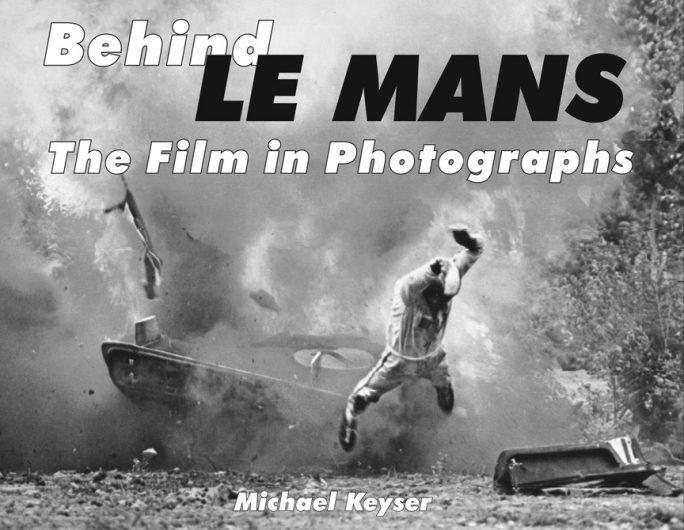


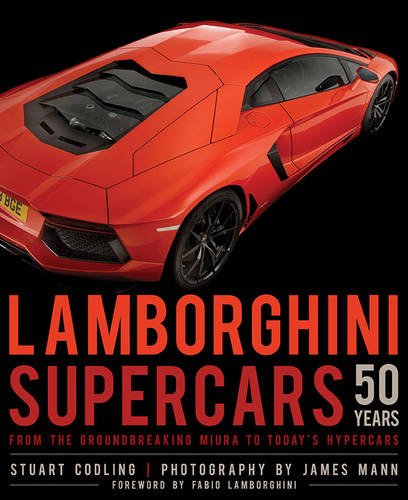







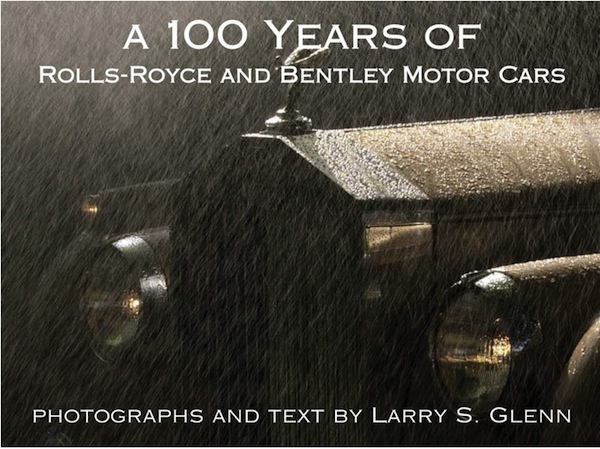
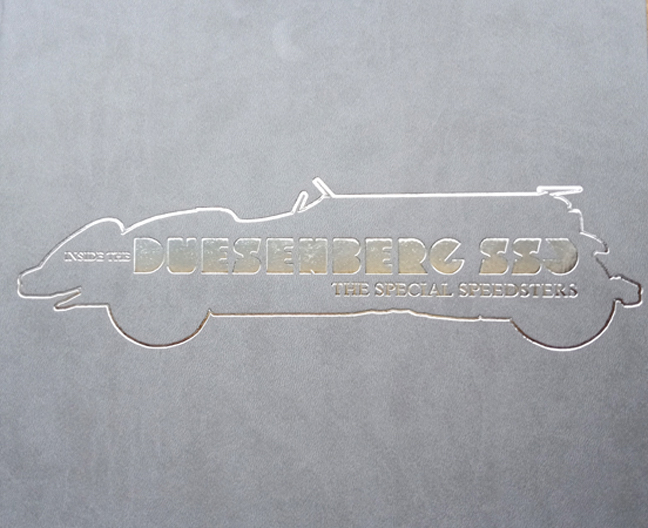












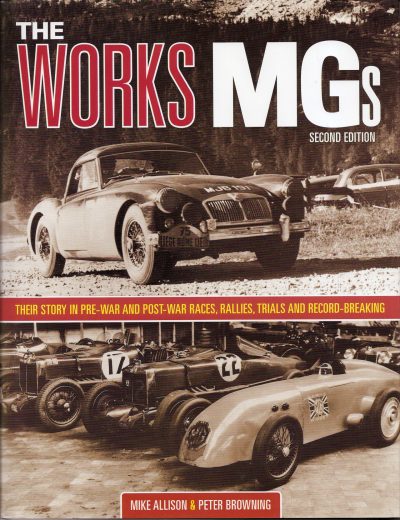











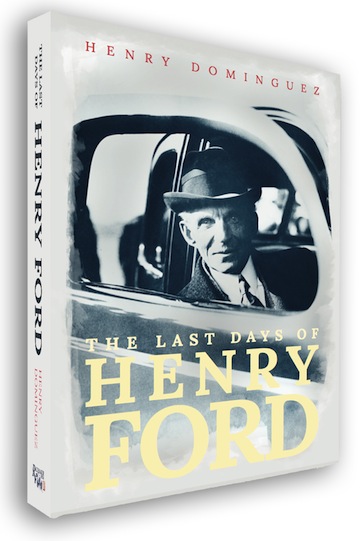

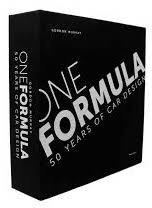




















 Phone / Mail / Email
Phone / Mail / Email RSS Feed
RSS Feed Facebook
Facebook Twitter
Twitter